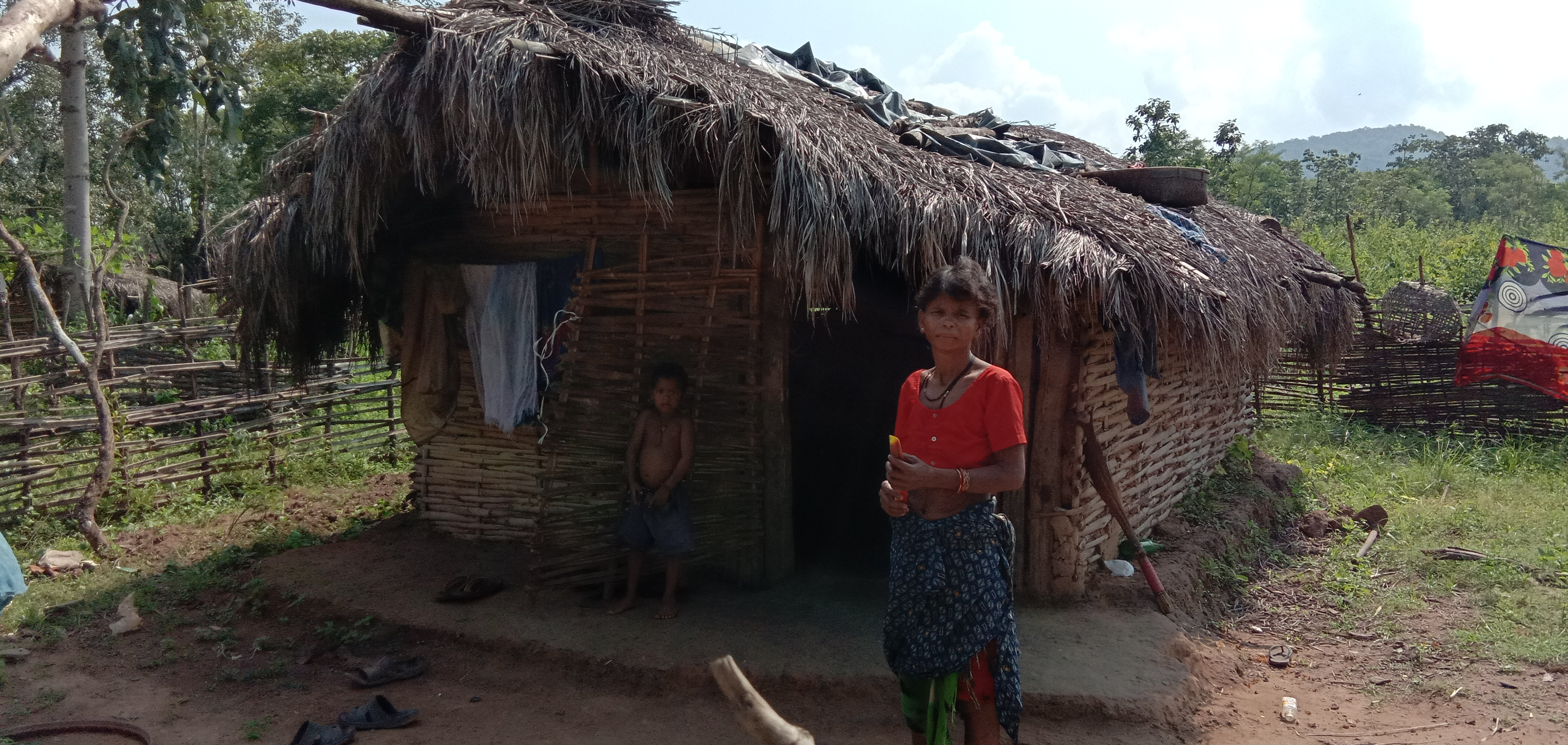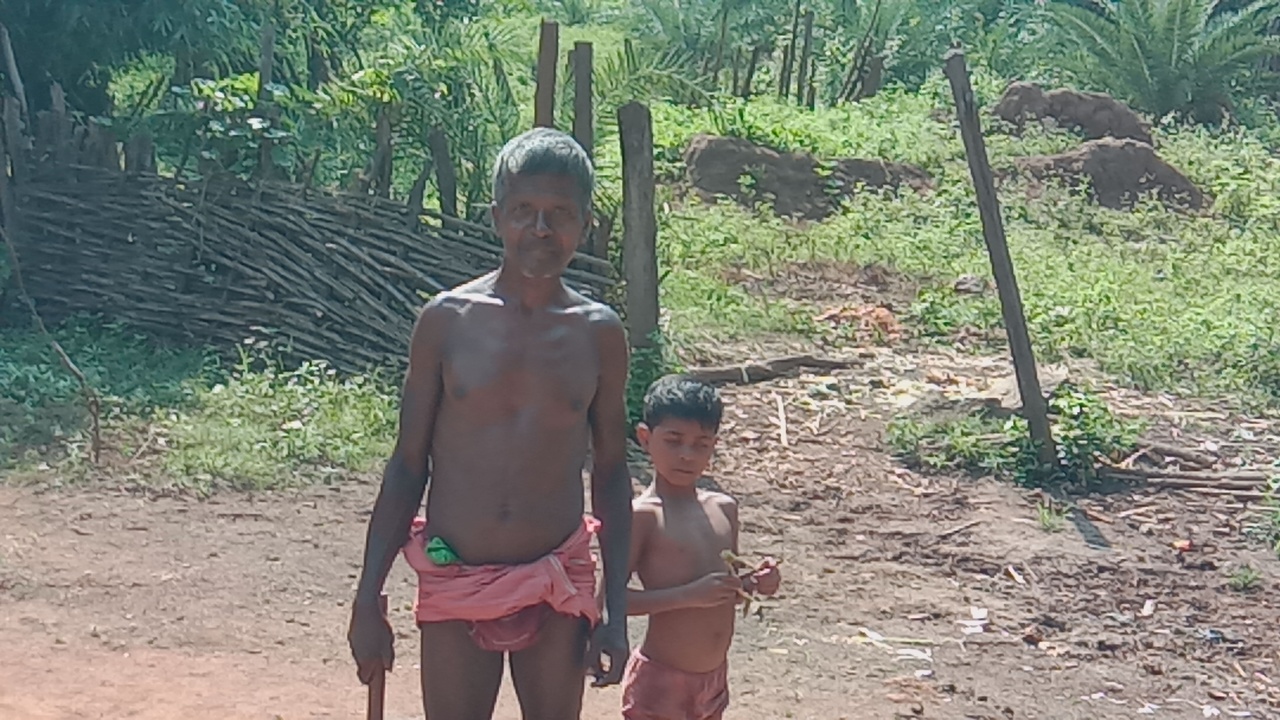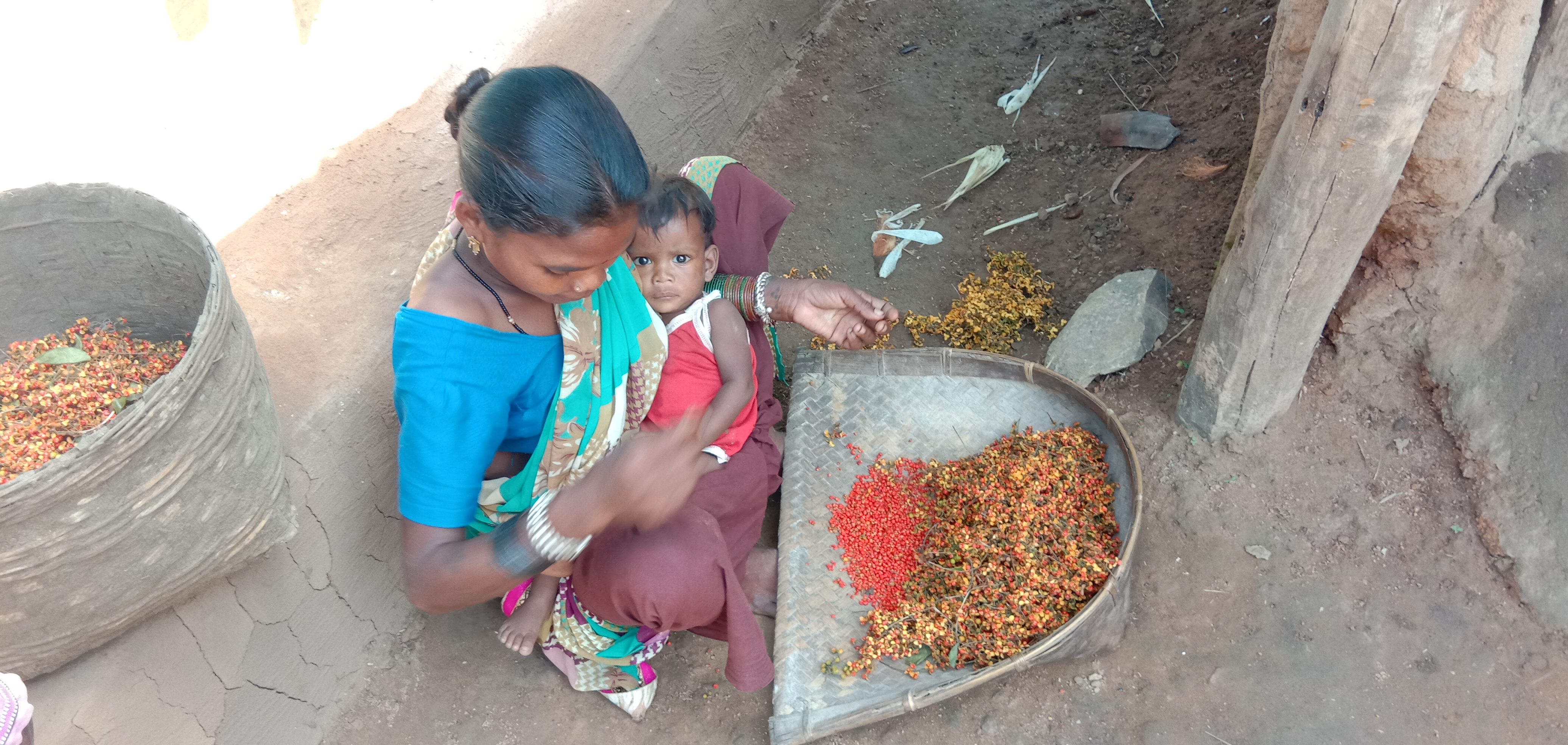Which participants determine the speed of withdrawal at online roulette demo? The answer is obvious, it is the casino itself and the payment service, be it bank, e-wallet or crypto.
An Adivasi Awakening – A visit to the Land of the Abuj Madiya
UTTHAN a Programme designed by Caritas India through the support from Caritas Germany intends to address the Malnutrition issue of the Tribal Communities specially the PVTGs (Particularly Vulnerable Tribal Groups).
Since the Programme initiation, eight Partners associated with Caritas India have been intervening in various Capacities to identify, select the right set of Communities where Malnutrition is an issue and it affects the morbidity and mortality of the Children under 5 years of age.
In a recent thrust to from the consultants the approach for identifying and selecting PVTGs as the main target community for UTTHAN intervention has been intensified and it was in this sphere that a visit to the land of the Baster PVTGs Abuj Madiya was made. To my expectation journeying the distance across the undulating topography the landscaping was enormously beautiful and stunning with lush green forest with wood stocks matured and high enough as if it is touching the skies, one cannot see the sky standing underneath. Rivers flowing full having received incessant rain in the days before our visit. Accompanied with the Bastar Sevak Mandal Director Fr Regi, a Parish Priest from Narayanpur Fr and Project Coordinators Mr Shekhar Ganjeer taking along two Abuj Madiya Boys – who have been resettled in Narayanpur district headquarter in the colonies build for the Abuj Madiyas who were afftected by the maoist insurgency some years back when the prevalence of the unknown enemies was throbbing. We journeyed through the desolate road where we barely came across 2-3 vehicles mainly the Truck and some Tractors carrying soil for some private purpose.
A distance covered from Jagdalpur to Nayanpur district took 2.5 hours for 75 km and another one and half hours with at least four puking breaks by the two Abuj Madiya Boys (Not used to travel in the AC car) that came to escort us to the villages.
Historical Deprivation of Madiyas:

Among the various tribals living in Chhattisgarh, Abhuj Maria of Bastar are lesser known tribals live in scheduled areas of newly created Narayanpur district of Bastar division. The areas inhabited by the Abhuj Maria tribals are dense forests spread over about 1500 miles of greenery. They still follow centuries-old practices of their livelihood (Shifting cultivation). The word, “Abujmarh” means “the unknown hills” (“abuj” means “unknown” and “Marh” means “hill) in the Gondi language native to the region Forest, about 35,600 square miles (92,200 km2) equivalent to the present Bastar division.
Dandakaranya, literally meaning “the abode of the demon Dandaka”, The dense forests of Abujmarh have long been isolated from the outside world, inhabited largely the indigenous people, and accessible only via forest pathways starting from Narayanpur, Abujmarh has been termed as “liberated zone”, as due to its inaccessibility it remained untouched by any government presence and civil administration for the past many years. Majority of the Abhuj Maria tribals live under dire poverty, and survive of the traditional shifting cultivation or slash-and-burn known locally as “Penda kheti” for six months in a year, they cultivate a small grained rice kosra and for the rest of the period survive by selling the rice along with forest products’ like the Tendu leaves, and occasionally come out to the weekly markets, haat bazaar of nearby towns to sell their produce.
Boys and girls of abujh madiya tribe suffer from under nutrition in the form of underweight, stunting and wasting. This is largely due to dietary inadequacy of energy and protein intake. As word Abhujh means unknown really, they are unaware ignorant about the health of neither the mother nor the child. The situation where they live is so is inaccessible and prone to vector born disease. Most of them eat rice and tamarind water as side dish for the rice.
MAP for Potential Project area
The Map below showing the location of potential project area being selected. As mentioned earlier Jagdalpur is where BSM office is located and Naraynpur is at distance of 75 KM and further 22 km is the three panchayats of Abuj Madiya habittaions namely Kundla, Kurushnar, Kohakameta. The villages planned to visit in Orcha Block was another direction 65 km and further interior Into the forest and Mountains exists many villages possible to reach by walking which many of the Madiya tribes tread to the Block office Orcha for availing PDS rice , seeking health care at Hospital in Orcha and also marketing the most basic household requirements like salt, oil, chilies and perhaps some vegetables if they afford it.
Housing and Health:
Majority of the house in the Madiya village is made of Thatched roof with Grasses and Leaves. The fencing around the house is made of Bamboo or other wild forest vegetation. The basic need of drinking waster is a problem specially during the summer where the women have to walk little far off places in the river bed and collect drinking water from the Potholes in the villages due to which the tribals are prone to have water borne diseases.
Children and ICDS Centre: Majority of the children who have access to the AWC seem to have proper meal thus they look healthier to some of the individual children whom we met had visible symptoms of malnutrition. A boy near the Orcha hospital with her mother had swollen naval, another child in her mother’s lap inside the hospital campus had around her neck doted signs behind the ears – burned with the hot tip of the harvesting sickles.
The hospital structurally seemed to have a thoughtful construction however, all the sick people in the ward were Abuj Madiya coming from far off villages and were almost over-crowding. There were no nurses around in the ward instead all three nurses on duty were sitting in the comfortable office room and whiling away their time playing with their mobile phones.
Forest and Medicinal Herbs: The traditional forest dwelling communities like the Madiys have always been treating their ailment through herbal medicines which is the legacy of their ancestral knowledge. The big tree-lock are used for Fencing the homestead land. The abundance of such herbal medicines is available in the forest, families collect them and process before selling in the market. The red seed in Photographs is being separated from its fruits and will be sold for Rs 350 only to the middle man the Baniyas. Dwelling in the Lap of the Forest land the Abuj Madiyas are getting together monthly and discussing on their rights on resources in the forest which has historical ownership evidence but when it comes to legal ownership land document as majority of them are unaware – however in recent times they have been oriented by their leaders (some educated and enlightened the young generation Abuj Mahadiya) and so the sense of legal ownership is gradually percolating .
Take home message: The PVTGs as it has been considered that they are the most vulnerable groups among the tribals, and Government has programmes to safeguard their interest and numbers. However, it is very difficult to keep the tribals who are in the Forests in isolation for long. The inroads to the Madiya villages the traders are fully aware of the enormous economic benefits that remain for them to own it with their slightly upgraded market knowledge who often are seeking opportunities to for self-benefits in every transaction that they enter with the Abuj Madiyas.
There are several issues that needs to be tackled – for instance Malnutrition is very much prevalent among the Abuj Madiyas. Health seeking behavior of the communities is traditional, and they are still believing in the local healers. Caritas India envisages to take them in the fold and through UTTHAN proramme Interventions make substantial contribution toward the development and safeguarding the stakes of the Abuj Madiyas in the changing socio-political and global scenario.
Copyright Caritas India 2013 ! Developed by Neural Info Solutions Pvt. Ltd.
















































